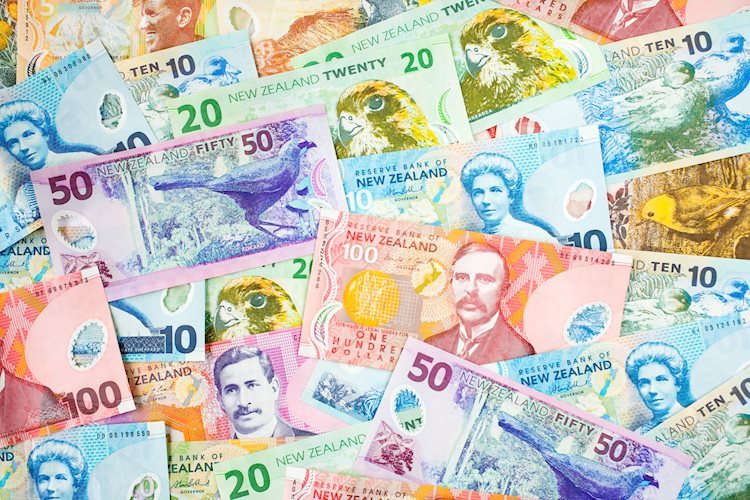The NZD/USD pair has made significant gains in Thursday’s North American session, increasing by more than 0.5%. However, it is struggling to reach the two-week high of 0.6270, as the US Dollar has bounced back following the release of lower-than-expected Initial Jobless Claims data for the US. The impact of this data is expected to be short-lived, as market speculation surrounding the Federal Reserve’s interest rate cuts will have a major influence on the USD’s next move.
The Federal Reserve recently delivered a dovish decision, cutting interest rates by 50 basis points to 4.75-5.00%. Policymakers have indicated that they see federal fund rates heading to 4.4% by the end of the year. Traders, however, anticipate a total reduction of 125 bps, bringing rates to 4.00-4.25% by the end of the year. The market sentiment remains positive, with investors expecting the Fed to continue its aggressive policy-easing cycle.
In the Asia-Pacific region, the New Zealand Dollar has strengthened due to better-than-expected second-quarter Gross Domestic Product (GDP) data. The NZ economy contracted by 0.2%, which was slower than the expected decline of 0.4%. Investors will now focus on the People’s Bank of China (PBoC) interest rate decision, as a dovish decision could further strengthen the Kiwi dollar, given the significant trade ties between China and New Zealand.
The New Zealand Dollar, also known as the Kiwi, is influenced not only by the health of the New Zealand economy but also by factors such as the performance of the Chinese economy and dairy prices. The Reserve Bank of New Zealand (RBNZ) plays a key role in maintaining the inflation rate within their target range of 1-3%. Changes in interest rates set by the RBNZ can impact the NZD, as can the rate differential compared to the US Federal Reserve.
Macroeconomic data releases in New Zealand are crucial in assessing the state of the economy and its impact on the NZD’s valuation. A strong economy with high growth, low unemployment, and high confidence is favorable for the NZD. The currency tends to strengthen during risk-on periods when market risks are perceived to be low and investors are optimistic about growth. Conversely, during times of market turbulence or economic uncertainty, the NZD may weaken as investors seek safe-haven assets.
In conclusion, the NZD/USD pair is facing pressure to reach the two-week high due to the rebound in the US Dollar following the release of better-than-expected jobless claims data. The market sentiment remains positive as investors anticipate further policy easing by the Federal Reserve. The NZ economy’s contraction in the second quarter was slower than expected, leading to a strengthening of the Kiwi dollar. Moving forward, investors will closely monitor the PBoC’s interest rate decision and macroeconomic data releases in New Zealand for further insights into the currency’s movements.











